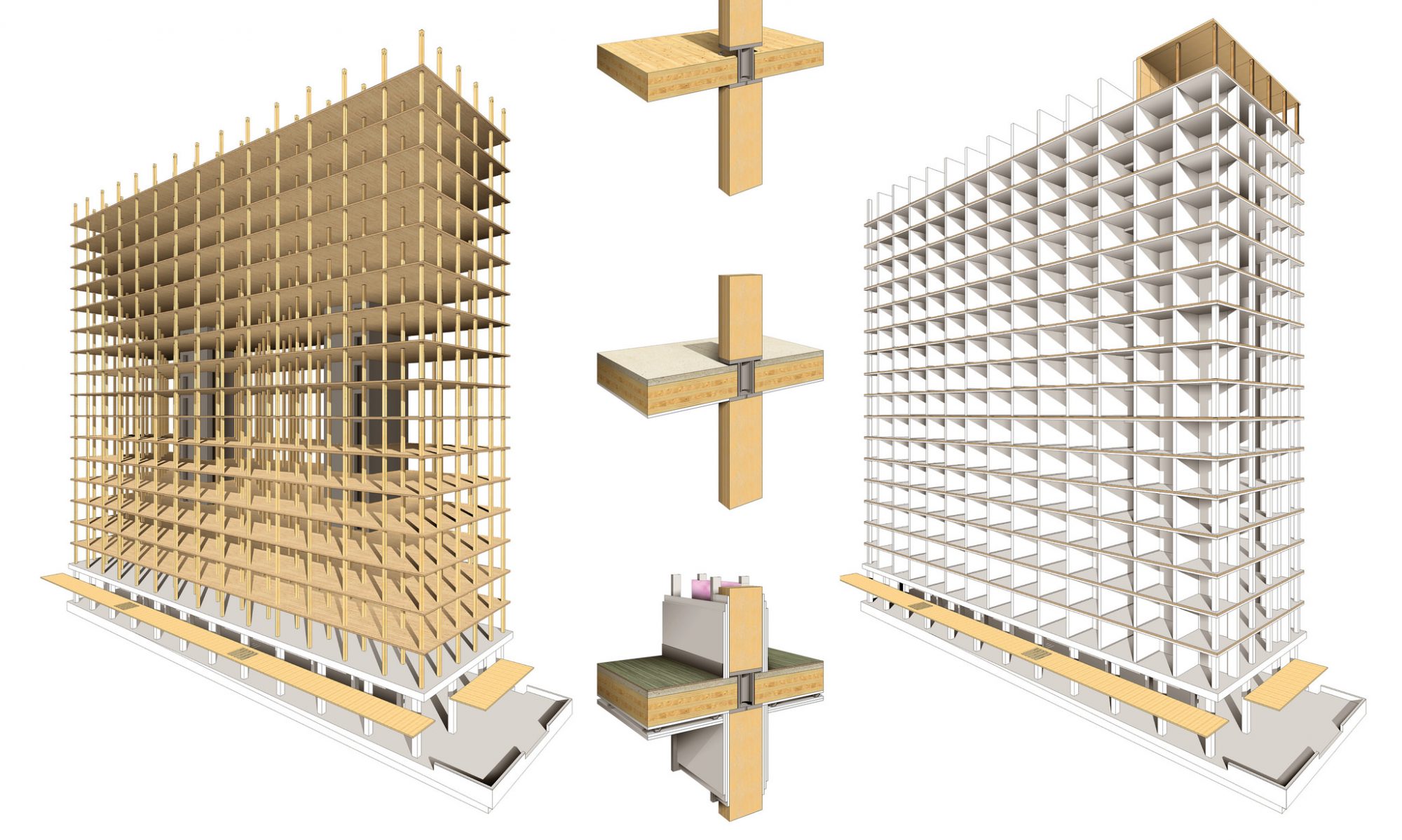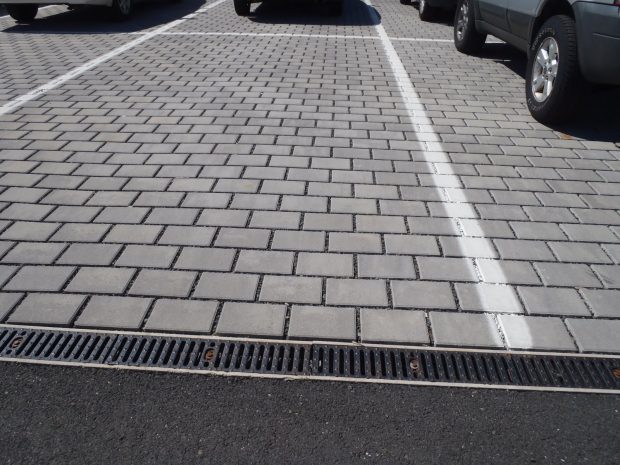The video discusses a study that was done to look at changes within education over a period of approximately 30 years. Specifically, they considered when schools faced many changes, what changes stayed and what changes disappeared. Through this analysis, they would come up with why some changes stayed over others.
There was a total of 8 schools that were examined. Four in Canada and four in New York state, all of which were high schools. The school’s styles varied between traditional and innovative. Interviews with the teachers and leaders, documents of the school district, surrounding policies and changes and reforms within the schools themselves were all analyzed. Each school was broken down into six broader themes which showed there was a clear shift within the six themes all at the same point in time. Through these themes 7 interrelated principles of sustainability and non-sustainability were determined:
- Depth- To be sustainable, there must be focus on something that is important and people must care about the change that is trying to be made.
- Endurance- The changes need to be maintained beyond one leader. To be sustainable, the changes should be able to be transferred to successive leaders.
- Responsibility- The change needs to be a shared responsibility, no one person can do all of it on their own.
- Social justice- How does one change affect the changes going on in other places needs to be considered especially in terms of the environment.
- Diversity- Strong environments are bio-diverse rather than standardized.
- Energy- Energy needs to be renewable to be maintained in the long run
- Conservation- The changes considered should preserve the good things done in the past and learn from the mistakes.
These principles mentioned in the video are in line with the common strategies for developing sustainable leadership. This is interesting because it shows the broader application of these principles and how they can be applied to different fields. To implement sustainable changes, it is important to consider all the principles discussed in the video and in the lesson plan. Some of the highlights that I think are important to mention is that change is a shared responsibility. To make an effective move toward a sustainable change, you can lead it but it is not solely up to you. It is important to present the idea in a way to demonstrate why it is important to make the change and in doing this show how it is a community responsibility. While emphasising the importance of shared responsibility, it is important to implement changes that can be done through various leaders. This will increase the likelihood the changes made will stick. All of the aspects discussed are important to consider while we begin our careers and try to become a sustainable leader.
(https://www.youtube.com/watch?v=Jkry2I050wIaves, Boston College)





